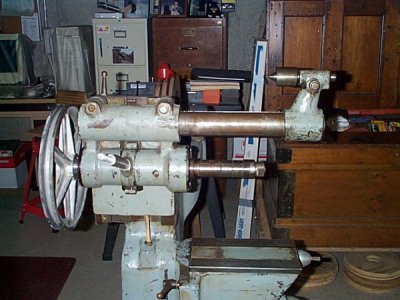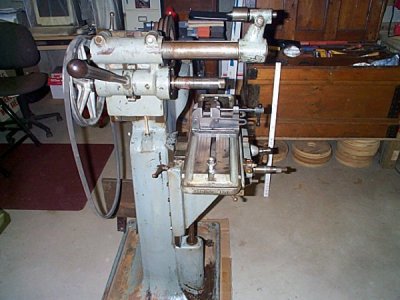- Joined
- Apr 14, 2014
- Messages
- 3,515
Looking through this category I've yet to see a US Machine Tools #1 horizontal mill. Here are some pictures of one in my shop. It was originally purchased by the Oscar Mayer Corporation in 1942 for use in one of their machine shops at the Madison WI. location.
It was retired in 1974 and purchased by one of the mechanical engineers for use in his violin and cello making business. He used it for another 15 or so years before health reasons forced him to give up the business. It sat another 10 years in the back of his son's machine shop getting occasional use, but essentially just gathering dust. I purchased it about 17 years ago as an addition to my shop.
The first picture is a poster "Doing Her Part" from WWII
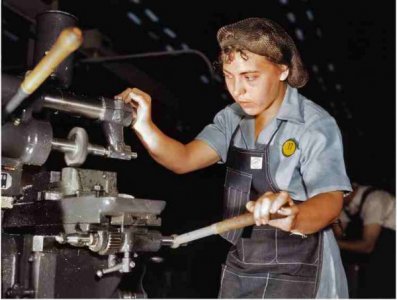
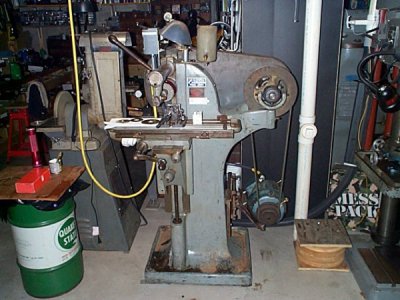
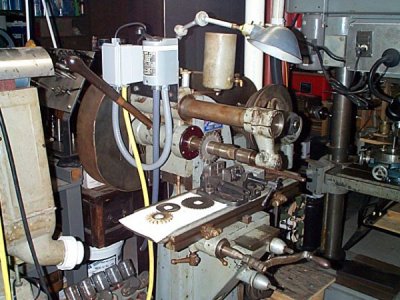
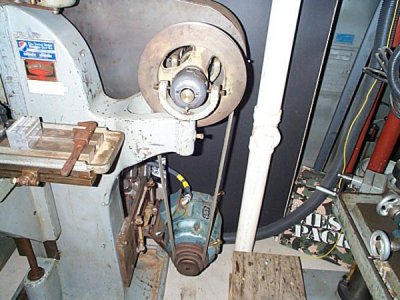
It was retired in 1974 and purchased by one of the mechanical engineers for use in his violin and cello making business. He used it for another 15 or so years before health reasons forced him to give up the business. It sat another 10 years in the back of his son's machine shop getting occasional use, but essentially just gathering dust. I purchased it about 17 years ago as an addition to my shop.
The first picture is a poster "Doing Her Part" from WWII





